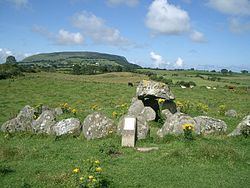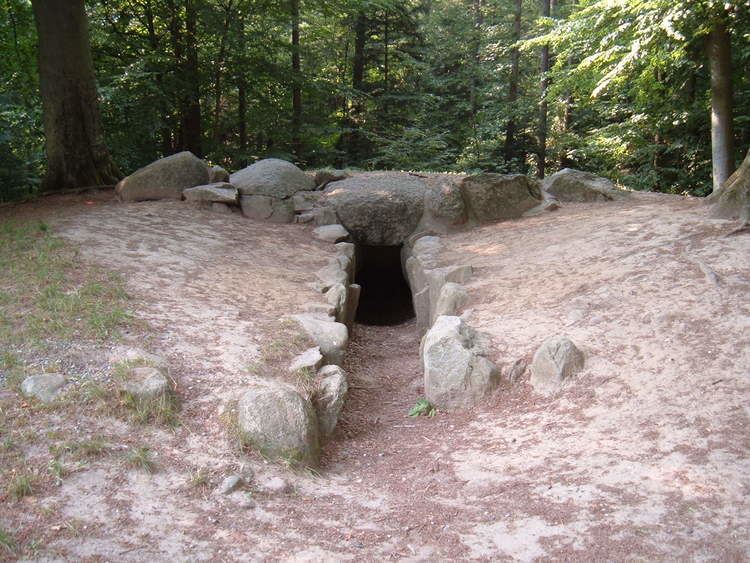 | ||
Passage grave ck2 full plate metal
A passage grave (sometimes hyphenated) or passage tomb consists of a narrow passage made of large stones and one or multiple burial chambers covered in earth or stone. The building of passage tombs was normally carried out with megaliths and smaller stones; they usually date from the Neolithic Age. Those with more than one chamber may have multiple sub-chambers leading off from the main burial chamber. One common layout, the cruciform passage grave, is cross-shaped. Sometimes passage tombs are covered with a cairn, especially those dating from later times. Not all passage graves have been found to contain evidence of human remains. One such example is Maeshowe.
Contents
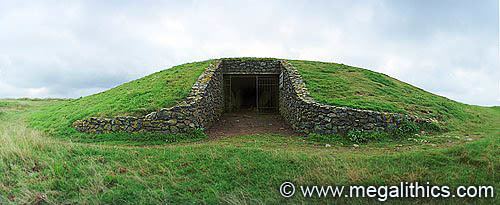
Passage tombs of the cairn type often have elaborate corbelled roofs rather than simple slabs. Megalithic art has been identified carved into the stones at some sites. The passage itself, in a number of notable instances, is aligned in such a way that the sun shines into the passage at a significant point in the year, for example at sunrise on the winter solstice or at sunset on the equinox.
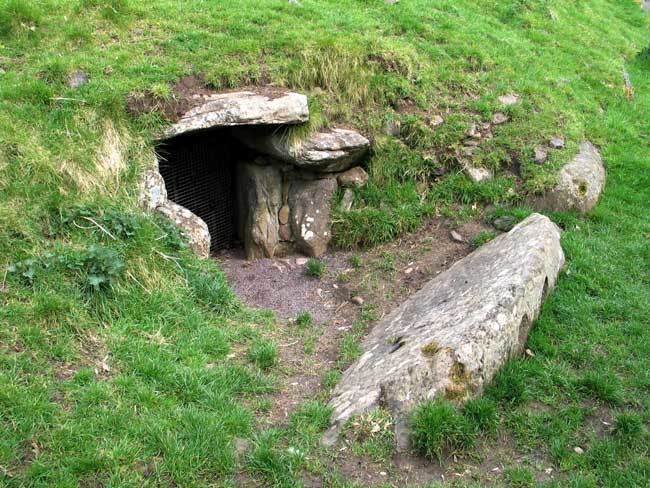
In a 1961 survey of megalithic tombs in Ireland, Irish scholars Seán Ó Nualláin and Rúaidhrí de Valera describe four categories of megalithic tombs: court cairns, portal dolmens, wedge-shaped gallery graves, and passage tombs. This appears to be one of the first uses of the term passage tomb. It is likely that the writers borrowed from the Spanish term tumbas de corredor, which is used for tombs in Cantabria, Galicia and the Basque Country. Of their list, only passage tombs appear to have widespread distribution throughout Europe.
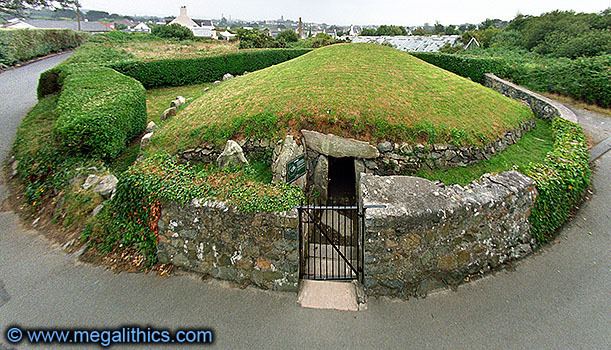
Passage graves are distributed extensively in lands along the Atlantic seaboard of Europe. They are found in Ireland, Britain, Scandinavia, northern Germany and the Drenthe area of the Netherlands. They are also found in Iberia, some parts of the Mediterranean, and along the northern coast of Africa. The earliest passage tombs seem to take the form of small dolmens. In Ireland and Britain, passage tombs are often found in large clusters, giving rise to the term passage tomb cemeteries. Many later passage tombs were constructed at the tops of hills or mountains, indicating that their builders intended them to be seen from a great distance.

Carrowkeel passage graves county sligo ireland
